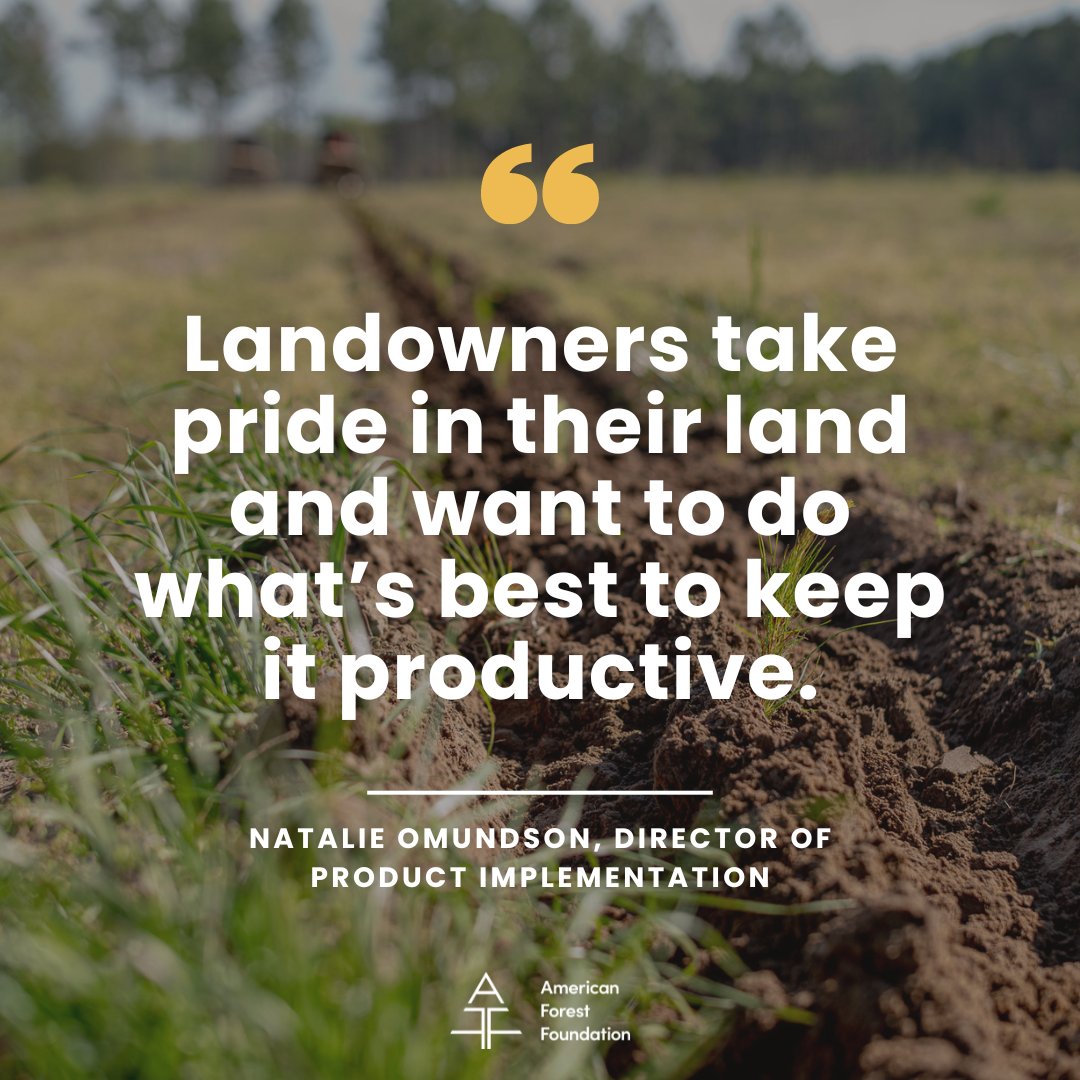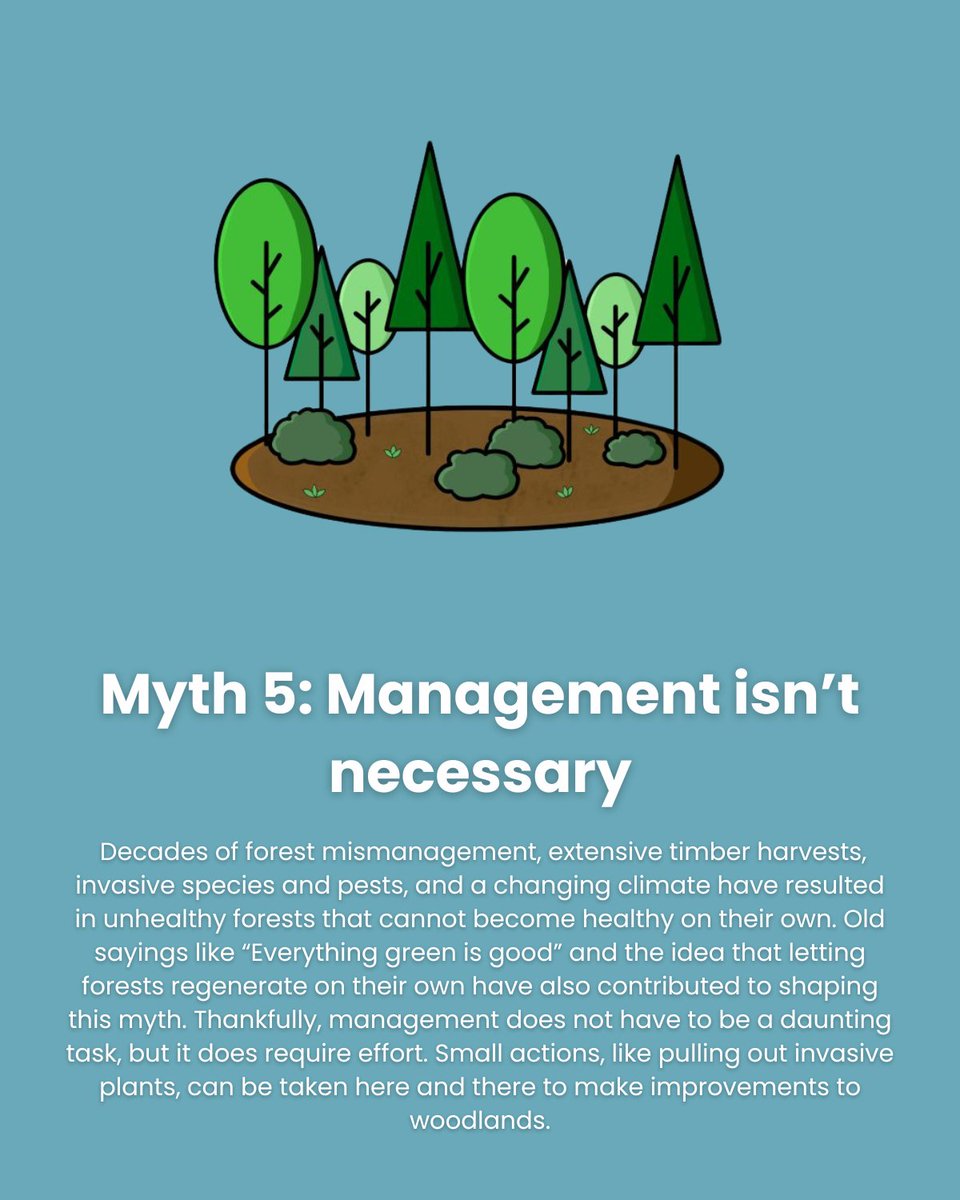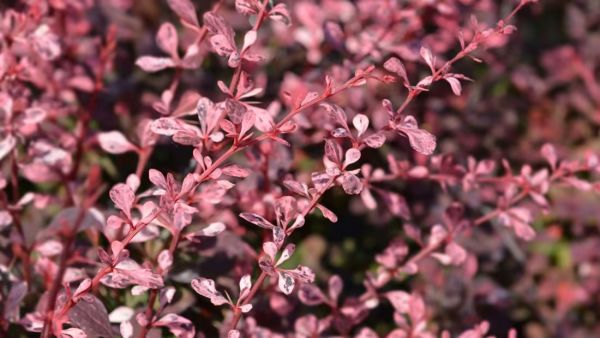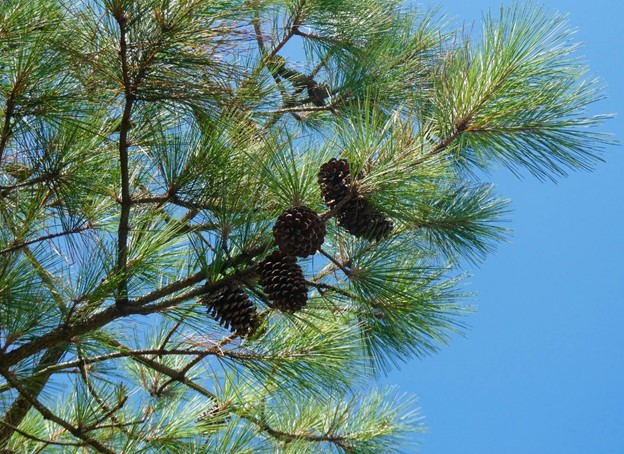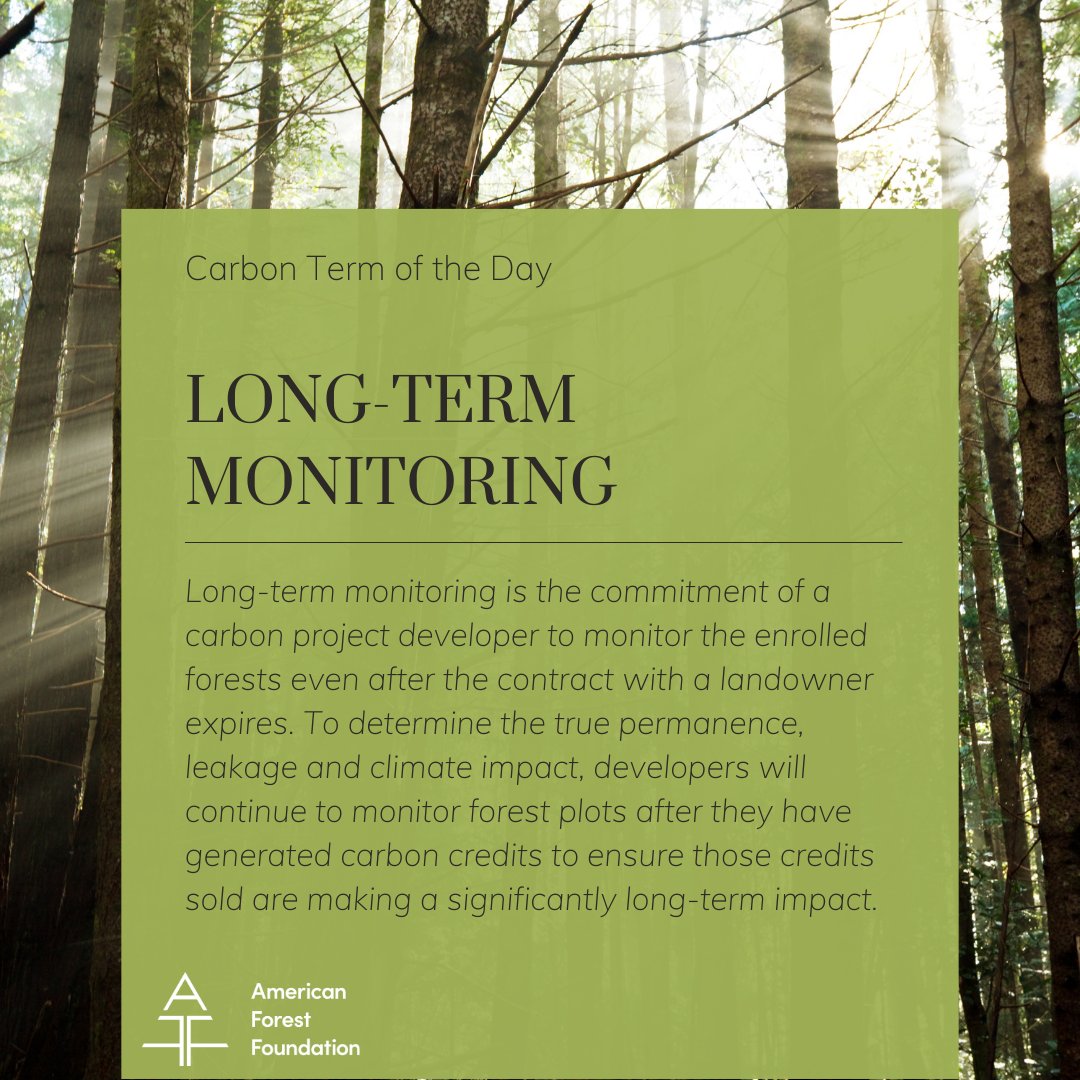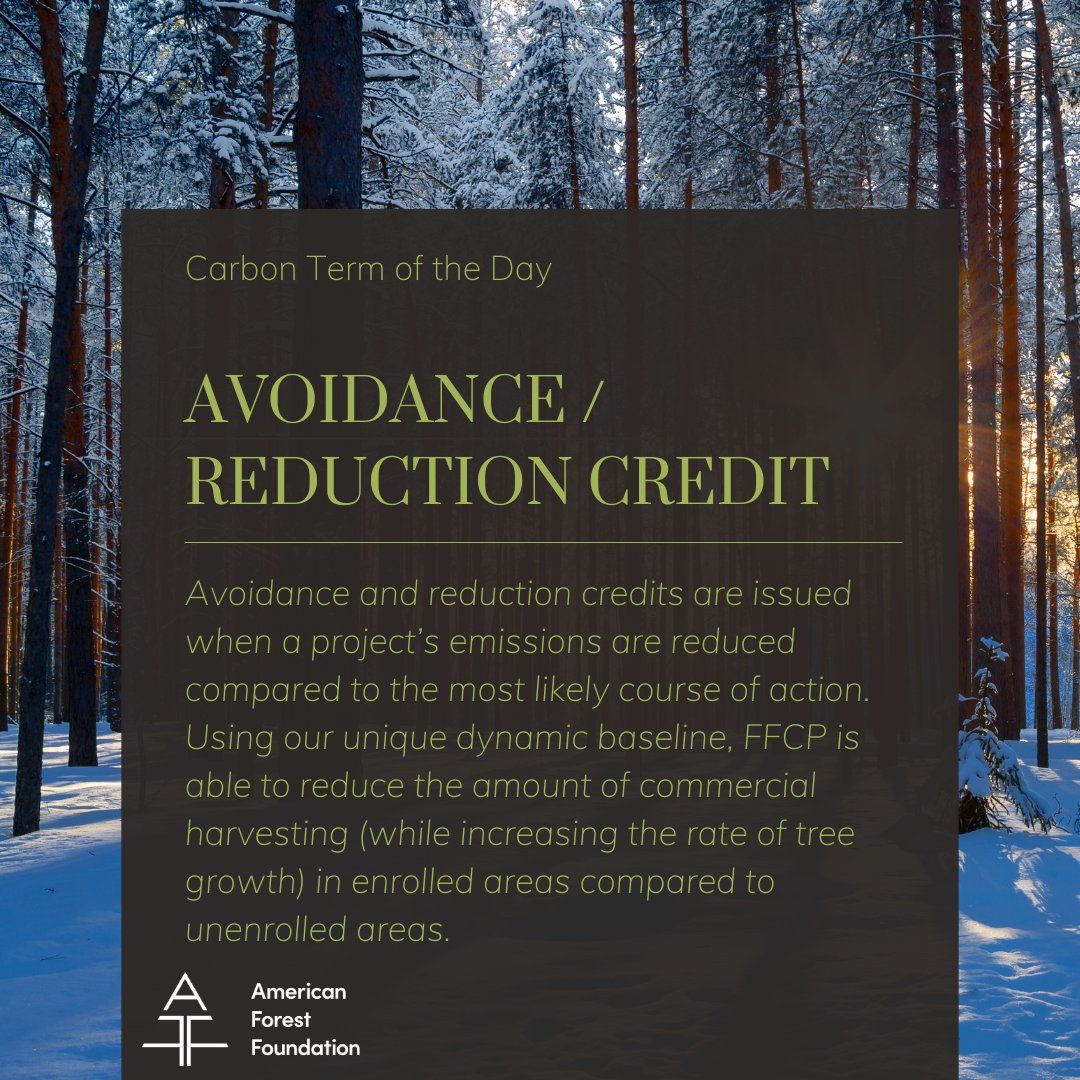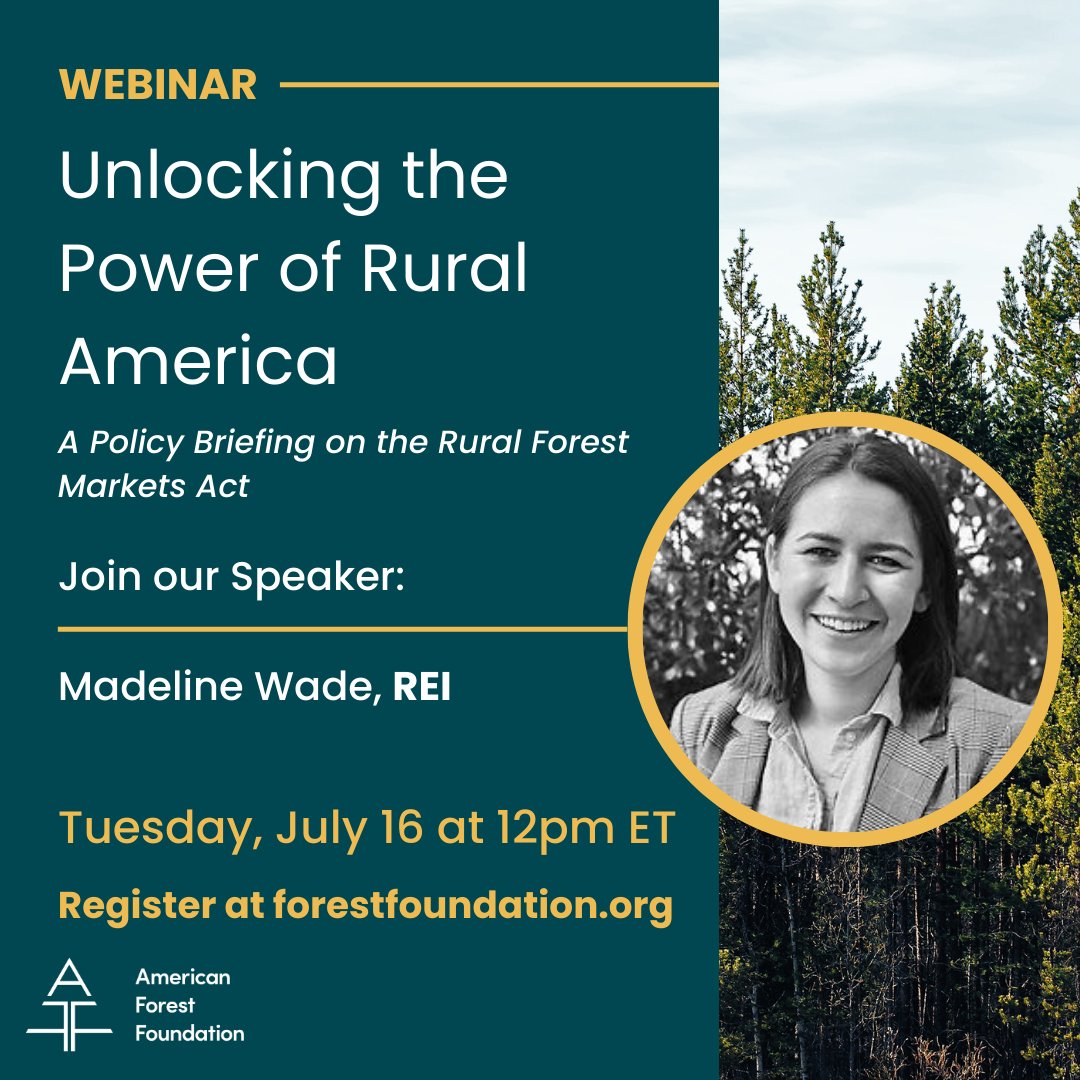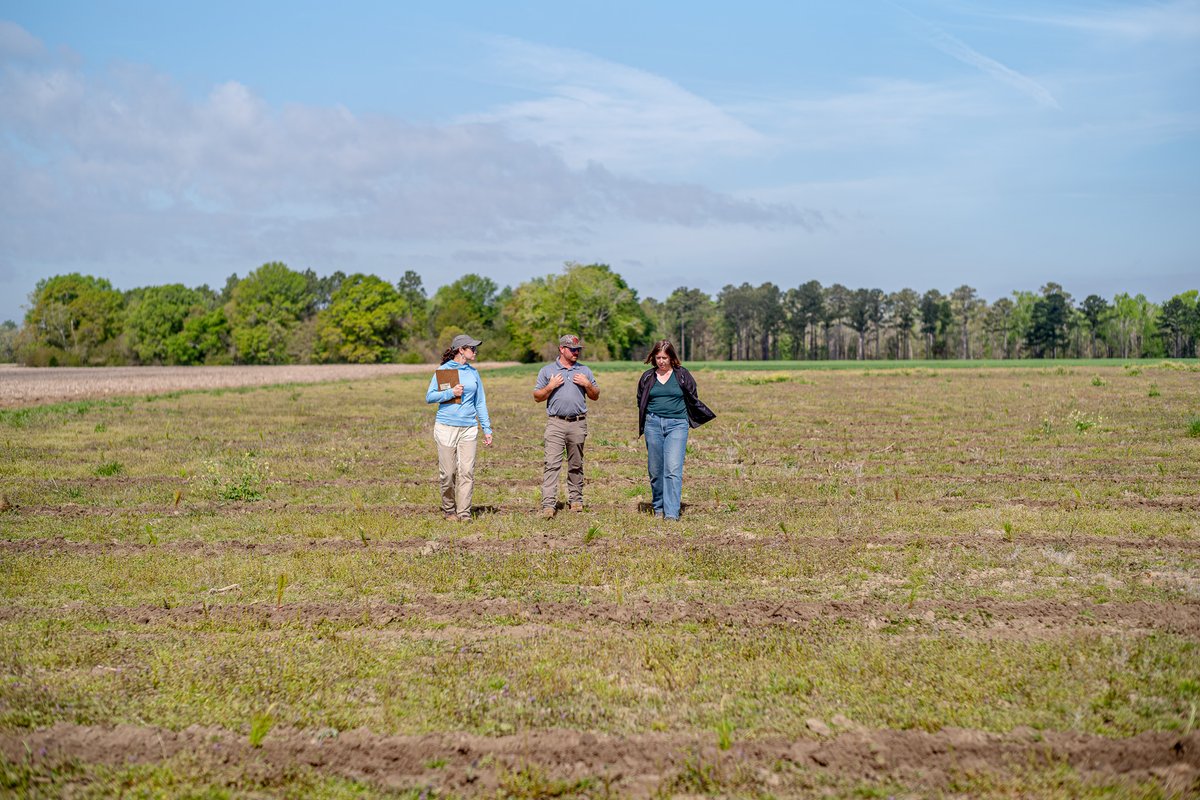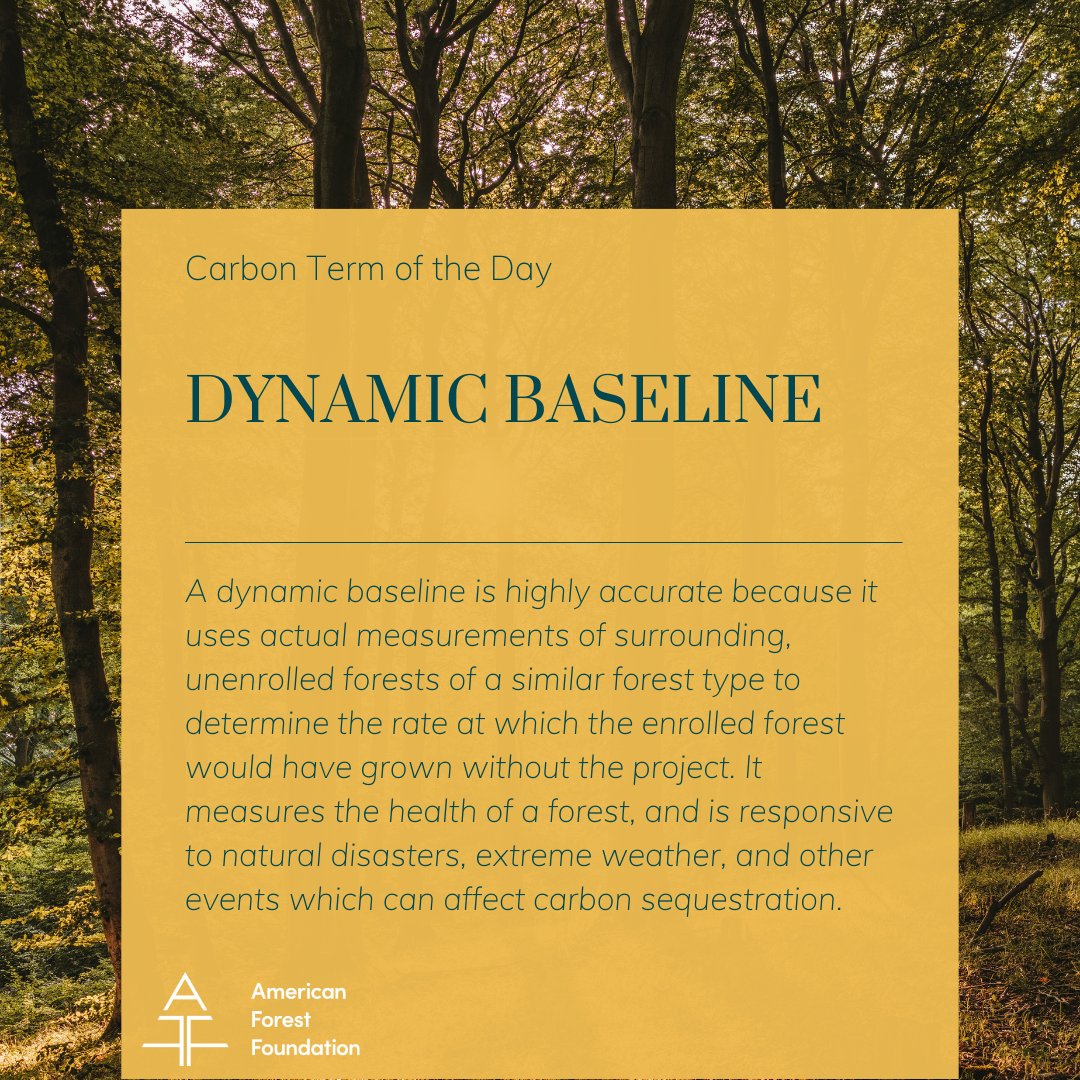
American Forest Foundation
@amforestfndn
Delivering meaningful conservation impact through the empowerment of family forest landowners.
ID: 23818058
http://www.forestfoundation.org 11-03-2009 19:57:38
10,10K Tweet
11,11K Followers
2,2K Following













On Tuesday, July 16, hear from experts at AFF, The Nature Conservancy, Bipartisan Policy Center Action, and REI on how the Rural Forest Markets Act can put the power of private finance into rural America in our upcoming briefing: forestfoundation-org.zoom.us/webinar/regist…
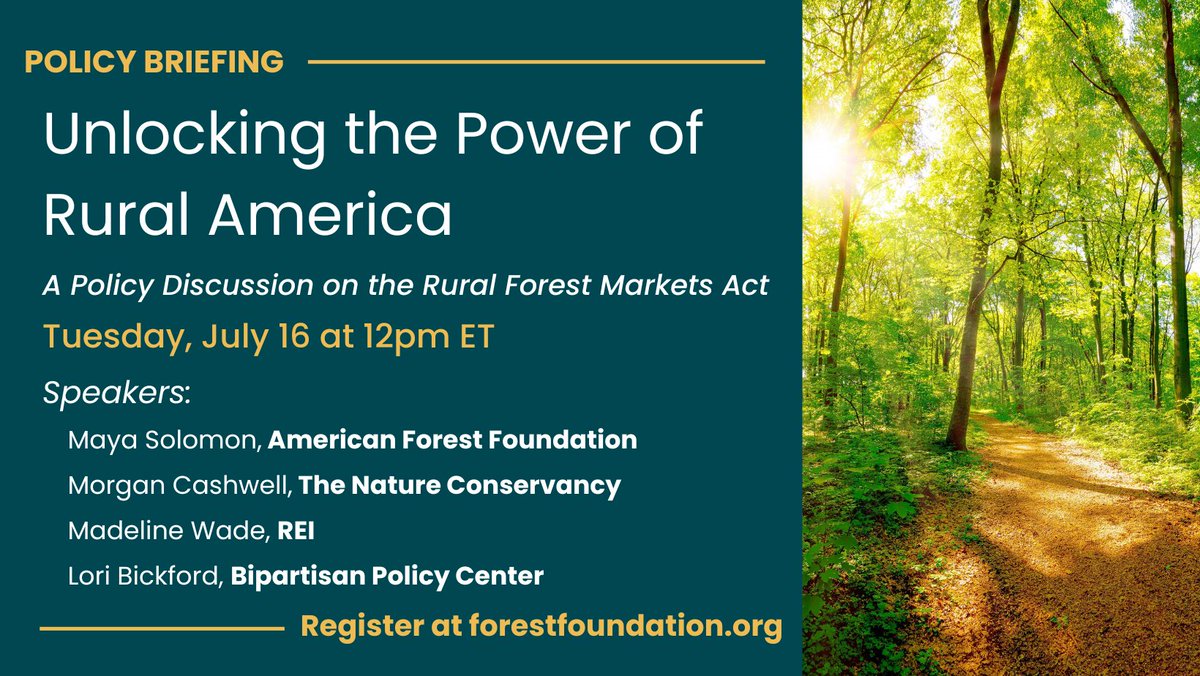

Joining our virtual policy briefing on July 16 at 12pm ET, Morgan Cashwell is an Associate Director on the Legislative Affairs team at The Nature Conservancy. She worked for 13 years with members on both sides of the aisle and will offer valuable insight on the RFMA: forestfoundation-org.zoom.us/webinar/regist…




Lori Pickford will join our policy briefing on July 16 at 12pm ET. Pickford is a senior energy advisor for Bipartisan Policy Center, offering experience in the policy process from every perspective. Register to hear her thoughts on the Rural Forest Markets Act forestfoundation-org.zoom.us/webinar/regist…


